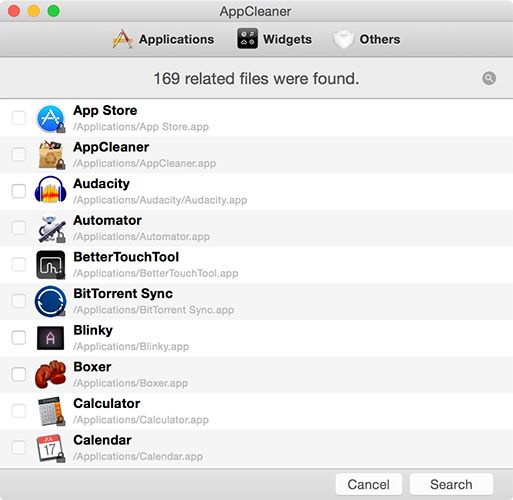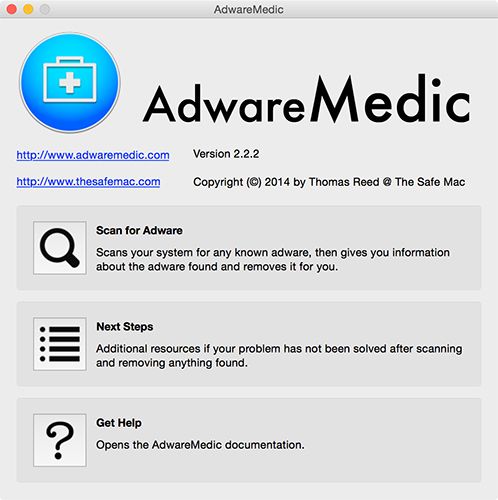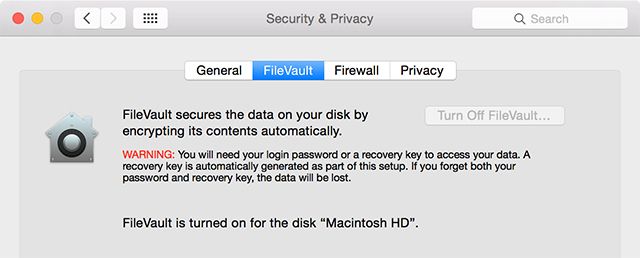Note: As of August 2020, MacKeeper has undergone some positive changes. Read our updated overview of MacKeeper for more current information.
One of the joys of owning a Mac is having to do very little in order to maintain it. While Windows users have to worry about the registry, master boot record and the ever-present threat of malware; Mac users can sleep relatively soundly.
But that's not the case if you listen to MacKeeper. Apparently your computer is riddled with problems, junk files and wide-open to attacks that only MacKeeper's premium version can protect you against.
I'm here to tell you otherwise: avoid MacKeeper like the plague, and your Mac will be better off for it.
What's Wrong With MacKeeper?
This week a brand new vulnerability was found in MacKeeper allowed potential attackers to execute malicious commands embedded in purpose-built web pages. Let's just let that sink in for a second: an application that promises to protect you (for a fee) is actually putting you at risk of attack.
In a recent update the program registers itself as a handler for custom URLs. Custom URLs are designed to make it easy to target specific software with clickable web links. Once an application is associated with certain URLs, it is automatically launched whenever you click one — like a torrent magnet transfer or Shoutcast radio URL.
In the case of MacKeeper, researcher Braden Thomas found an issue in the way the software handles these requests and promptly posted a proof of concept on Twitter. The link included in his Tweet would execute a command designed to remove MacKeeper from your system.
In order to execute its command, MacKeeper needed authorisation (via an administrator password) to make changes to the system. If this permission had already been authorised, the command would execute with no warning. Other users were prompted to supply their password before the command would run, though even the text in the accompanying dialog box could be changed by an attacker.
Though the vulnerability has been patched by now, this is hardly the first time MacKeeper has been a source of controversy. The company is in the process of settling a class-action lawsuit in which the liability could exceed $5 million. It was alleged that MacKeeper warns users about fake security and performance issues in order to sell its premium version.
How To Remove MacKeeper
Many users report that MacKeeper is difficult to get rid of, so here's how to do it once and for all:
- Launch MacKeeper from your Applications folder so that it's running, then quit it. You should now be able to find the "mackeeper" process in Activity Monitor.
- Launch Activity Monitor (either use Spotlight, or head to Applications > Utilities).
- On the CPU tab, search for the "mackeeper" process, and force quit it.
- You can now drag the MacKeeper application from your Applications folder to the Trash.
- A window will appear asking you to complete the uninstallation process. Click Uninstall MacKeeper to finish.
This should remove all but a few traces of MacKeeper from your system, but you may also want to check the following locations to remove all signs of it:
/Library/Application Support/MacKeeper
/Library/LaunchDaemons/com.zeobit.MacKeeper.plugin.AntiTheft.daemon
/Library/LaunchDaemons/com.zeobit.MacKeeper.AntiVirus
/Users/username/Library/Preference/com.zeobit.MacKeeper.Helper.plist
/Users/username/Library/LaunchAgents/com.zeobit.MacKeeper.Helper
/Users/username/Library/Caches/com.zeobit.MacKeeper
/Users/username/Library/LaunchAgents/com.zeobit.MacKeeper.plugin.Backup.agent
/Users/username/Library/Preferences/com.zeobit.MacKeeper.plist
Note: You will need administrator access (via password) in order to remove MacKeeper and folders from the system library. If you're still having trouble removing the app, check out AppCleaner below.
What To Use Instead
In order to figure out what is required to replace MacKeeper, we should have a look at what the program promises to do. On the MacKeeper website, that's laid out with six clear points:
So let's address each of them here.
Clean Your Mac
According to MacKeeper, "massive volumes of junk" are cluttering up your Mac. We can't have that, so I'd recommend two pieces of freeware that will uncover free space. The first is Piriform's Ccleaner for Mac, an application that made a name for itself on Windows for its ability to recover space and obliterate log files with one click.
Another application which can help you recover disk space quickly is AppCleaner (above), an uninstallation assistant that allows you to thoroughly uninstall applications en-masse. Just check the applications you want to remove, click Search and all associated files and folders will be displayed. You can then hit Delete to get rid of everything.
If you want to visualize your disk usage then a utility like Disk Inventory X will do so for free, plus you'll be able to see exactly which files are taking up the most space. Cross-platform freeware dupeGuru will help you find and eradicate duplicate files, if you're worried about that.
Secure Your Mac
MacKeeper even promises to protect from "spyware, data loss and even theft" — but there are plenty of free solutions for securing your computer. Despite the widely-held belief that OS X isn't susceptible to spyware, the increasing popularity of the platform has made it a more viable target over the last few years.
Adware Medic is a wonderful bit of donationware designed specifically to target Mac adware — there are even reports of people using it to remove pesky MacKeeper and ZeoBIT popups. The application doesn't target malware (like viruses) but adware that may cause pop-ups and other pesky behaviour.
If you use vigilance, never install pirated applications and disable Java then you're doing all that you can. There are few malware removal tools for OS X, and the virus scanners sold by Symantec et al are more of a waste of system resources than anything.
If you want to protect against theft you should install Prey and enable Find My Mac under System Preferences > iCloud. If you're worried about data loss, set up Time Machine and run it regularly (even over your network) or go a step further and use an off-site backup solution.
Optimize Your Mac
MacKeeper also "optimizes" your Mac by checking for updated versions of installed software. It sounds handy, but almost every non-App Store app I've installed has its own update wizard, which runs every time I launch the app. If this really isn't good enough for you then you could install AppFresh ($15). Mac App Store apps are automatically updated for you.
You can optimize your own Mac by controlling which applications launch when you start it. Head to System Preferences > Users & Groups > Login Items and use the plus and minus button to remove applications from the list. You can also hide items by checking the box.
Protect Data On Your Mac
Another specialty of MacKeeper is keeping your files secure, but you should probably already be taking measures to ensure this. Simply adding a password to your Mac is a good start, but you can go one step further and encrypt your entire drive by going to System Preferences > Security & Privacy > FileVault. You can enable your Mac's firewall on the next tab while you're at it too.
If you've got files you'd rather keep hidden from sight you should master the art of hiding and finding hidden files in OS X, but there are also dedicated solutions like MacHider. You should master Spotlight in order to find your files more efficiently, and use an application like TestDisk to recover files or whole drive partitions.
Get Expert Assistance
If you arrived here from a search engine like Google, you're already a master of getting expert assistance. Sharpen up your Google-fu with a few search tips and if it's out there, you'll find it. If you know a friend with a penchant for fixing computers, ask them to try and fix it remotely. I wouldn't recommend asking random strangers for remote access help — that probably won't end well.
Free assistance can be found all over the web — take MakeUseOf Answers for example. Ask your question and be notified when you get a response. StackExchange, Apple Support Communities, Reddit and even Yahoo Answers can all help provide you with free support.
Apply One-Click Sollutions (sic)
The less said about this one the better. If you take anything away from this article it's that one-click solutions are part of the problem. You're far better off taking the time to click thoughtfully, multiple times (using apps like Adware Medic and Ccleaner) rather than looking for a magic pill.
Gone For Good
Apps like Ccleaner and AppCleaner will only help regain you space, rather than speeding up your Mac as tools like MacKeeper suggest. If you really want to speed up your Mac, you should consider reinstalling OS X and starting again from scratch.
Don't fall for MacKeeper's marketing ploys, especially when there are plenty of free alternatives out there that do the same job.
Have you ever used MacKeeper? Did you put a bullet in it yet?
Image credits: Large Tombstone Via Shutterstock, Hilfe (blu-news.org)







